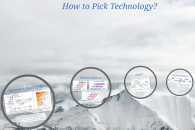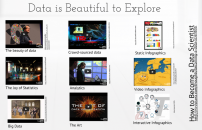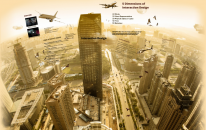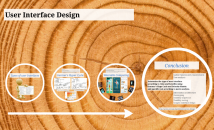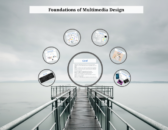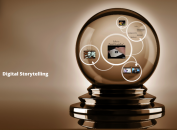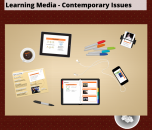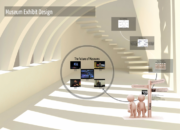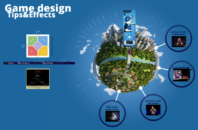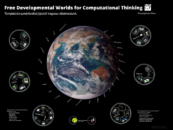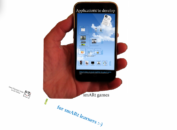Chapters
Scope
Definitions
Visualization today has ever-expanding applications in science, education, engineering (e.g., product visualization), interactive multimedia, medicine, etc.
Information visualization is the study of (interactive) visual representations of abstract data to reinforce human cognition. The abstract data include both numerical and non-numerical data, such as text and geographic information. However, information visualization differs from scientific visualization: it’s infovis [information visualization] when the spatial representation is chosen, and it’s scivis [scientific visualization] when the spatial representation is given.
Information visualization presumes that visual representations and interaction techniques take advantage of the human eye’s broad bandwidth pathway into the mind to allow users to see, explore, and understand large amounts of information at once. Information visualization focused on the creation of approaches for conveying abstract information in intuitive ways.
Data analysis is an indispensable part of all applied research and problem solving in industry. The most fundamental data analysis approaches are visualization (histograms, scatter plots, surface plots, tree maps, parallel coordinate plots, etc.), statistics ( hypothesis test, regression, PCA, etc.), data mining ( association mining, etc.), and machine learning methods ( clustering, classification, decision trees, etc.). Among these approaches, information visualization, or visual data analysis, is the most reliant on the cognitive skills of human analysts, and allows the discovery of unstructured actionable insights that are limited only by human imagination and creativity.
Scientific visualization is an interdisciplinary branch of science primarily concerned with the visualization of three-dimensional phenomena (architectural, meteorological, medical, biological, etc.), where the emphasis is on realistic renderings of volumes, surfaces, illumination sources, and so forth, perhaps with a dynamic (time) component. The purpose of scientific visualization is to graphically illustrate scientific data to enable scientists to understand, illustrate, and glean insight from their data. Scientific visualisation topics could be such as: Computer animation, Computer simulation, Information visualization, Interface technology and perception, surface rendering, volume rendering, … etc.
Data visualization is the study of the visual representation of data, meaning information that has been abstracted in some schematic form, including attributes or variables for the units of information. The main goal of data visualization is to communicate information clearly and effectively through graphical means. To convey ideas effectively, both aesthetic form and functionality need to go hand in hand, providing insights into a rather sparse and complex data set by communicating its key-aspects in a more intuitive way. Data visualization is closely related to information graphics, information visualization, scientific visualization, and statistical graphics. In the new millennium, data visualization has become an active area of research, teaching and development – at present the most popular form being Infographics.
References: Definitions and links (unless otherwise indicated as “site” or “pdf”) are copied and edited from English Language Wikipedia as of 1st September 2013. Titles could be further explored through indicated links.
Research
Case-studies
Readings
Excellent Examples:
Infosthetics
Information is Beautiful

